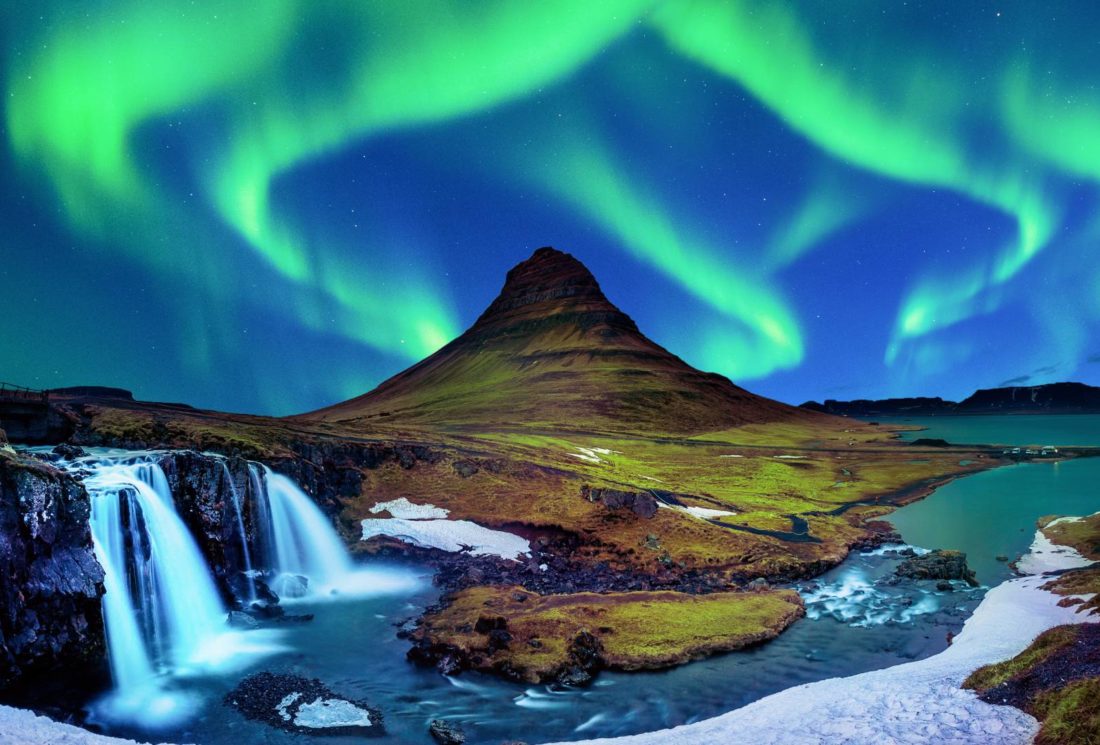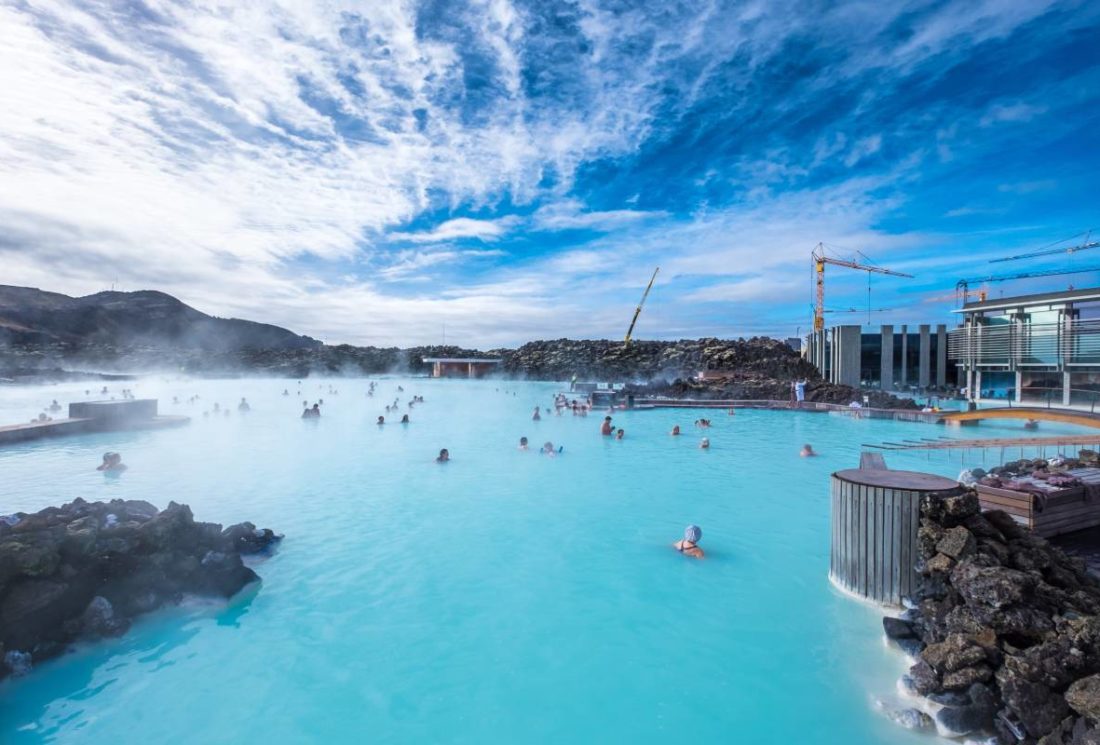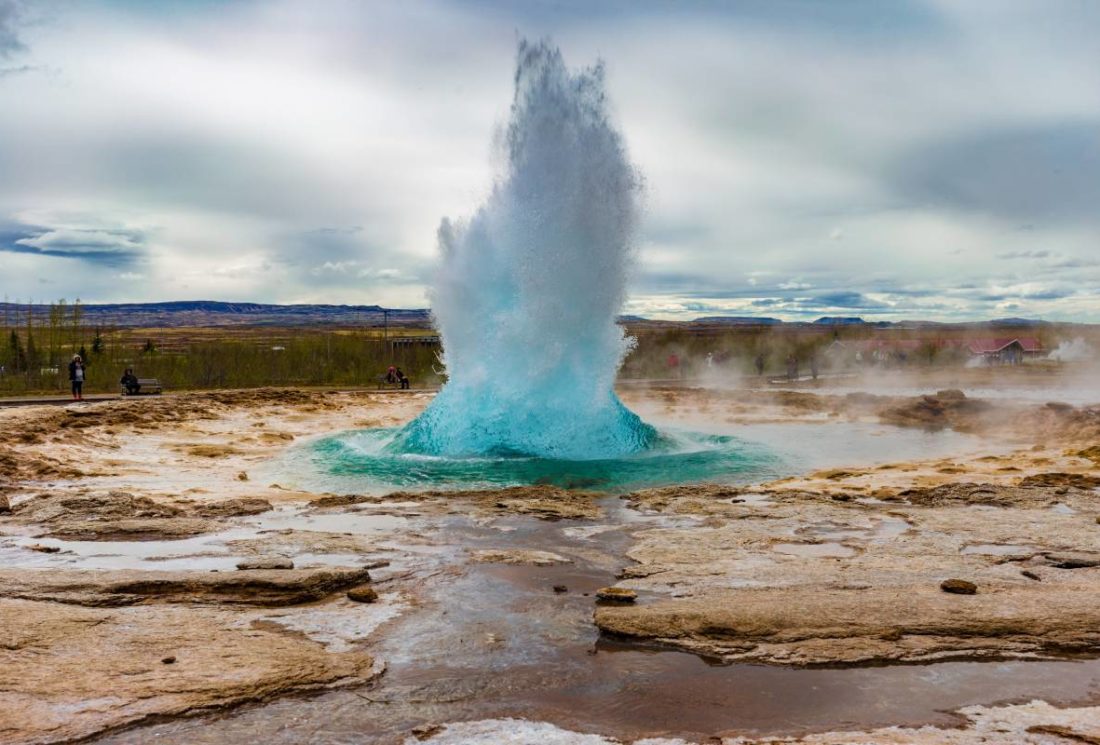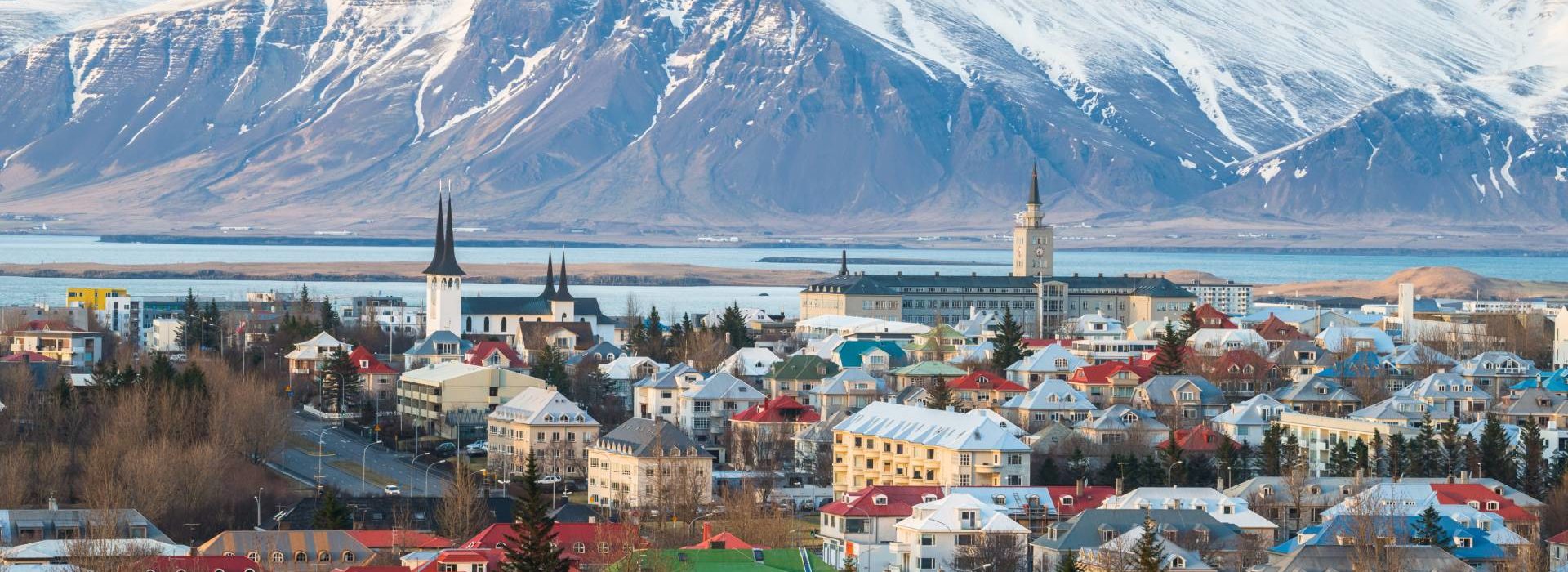
A Travel Guide to Irresistible Iceland
Discover the Land of Fire and Ice
Iceland has been growing in popularity since its stunning scenery was shown in Game of Thrones. The country welcomed 2.3 million tourists in 2018 which is particularly significant given that the population is only around 320,000.
Reykjavik is the world’s northernmost capital city as well as being the northernmost and westernmost capital in Europe. Half the residents actually live in the capital, leaving much of the country uninhabited.
The unspoiled landscape is ideal for nature lovers and those looking for adventure. There are so many things to do in Iceland, making it the ideal destination for the whole family all year round.
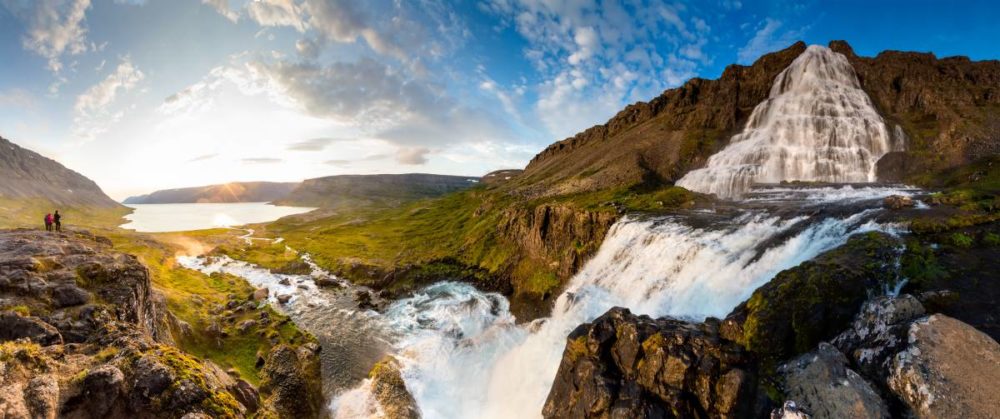
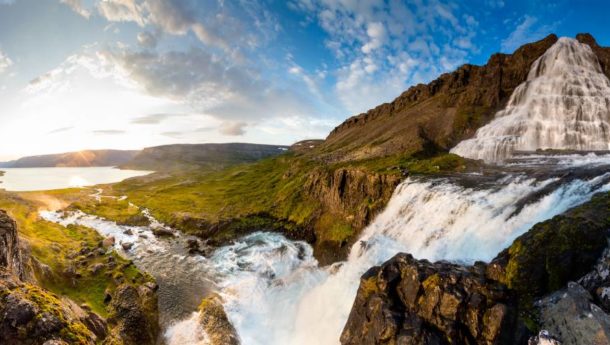
Iceland at a glance
Iceland may be a cold country – it is home to some of the largest glaciers on the continent – but there are also some of the world’s most active volcanoes as well as hot springs here. It has an incredibly varied landscape and is actually far greener than the name might suggest.
There is very little darkness during summer, but in contrast, the winter brings little light – ideal conditions for the world-famous Northern Lights.
Are you intrigued by this island in the North Atlantic? If you want to see its breathtaking natural beauty for yourself, then find out what to expect and how to make the most of your time here.
Travel advice when visiting Iceland
According to gov.uk, in 2017, 323,000 Brits visited Iceland through Keflavik airport and the majority of trips were without incident. However, it’s worth noting that the weather can be extreme and change very quickly, so you should make sure you are prepared for all conditions. You should also take out travel insurance, just to be on the safe side.
Safety tips
You need to be aware that there are active volcanoes in Iceland. There tends to be eruptions every four to five years. It’s best to keep an eye on this around the time you are travelling. In 2010 the Eyjafjallajökull eruption disrupted air travel across the world due to the ash cloud it created.
Transport
Iceland is relatively small so you can travel around fairly easily. Some buses will take you across the country. However, this service will be reduced during the colder months and is one of the more expensive ways to travel.
You can also rent a car, so you can explore at your own pace. There is a ring road circling the country, following the coast and passing through the likes of Reykjavík. If you choose to do this, however, it is important to keep an eye on the weather.
It is also quick and cost-effective to take an internal flight if you are travelling some distance.
Average accommodation costs
Accommodation can be quite expensive in Iceland. On average you are looking at around £156 a night but this will depend on the type of accommodation you choose and when you visit. It is possible to find more affordable rooms. The most expensive time to visit is in December, while February is the cheapest month.
The best beaches in Iceland
Beaches may not be the first thing that comes to mind when you think of Iceland – they are far from the sun-drenched coastlines of the Mediterranean. Here the sand is primarily black due to the volcanic activity, with a far more rugged backdrop. However, there are lighter sand beaches, they can be found in Westfjords and Snæfellsnes Peninsula. You probably won’t be sunbathing here but you will want to see the spectacular coastal scenery.
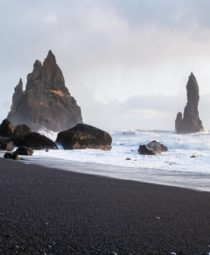
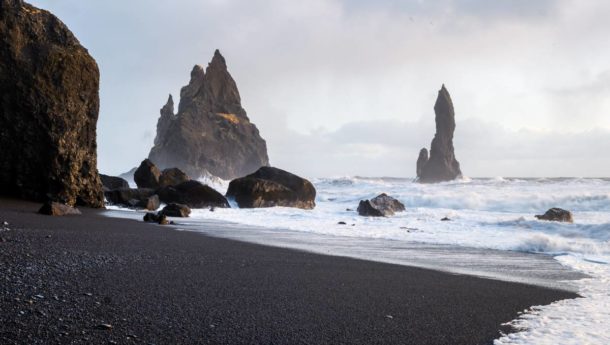
Reynisfjara Black Sand Beach
This unique black sand beach isn’t only the most spectacular in the country, it has also been named as one of the most beautiful non-tropical beaches in the world. You’ll find Reynisfjara, which was created when lava cooled as it flowed down to the sea, on the south coast, next to Vík í Myrdal. When you arrive, you’ll see the black pebbles, which are backed by a basalt cliff known as Gardar, lead down to the sea where there are two basalt sea stacks known as Reynisdrangar. Legend says these were trolls that turned to stone when the sun rose while they were trying to capture ships. You must be careful when walking on this beach, it’s possible for dangerous sneaker waves to appear from seemingly calm water.
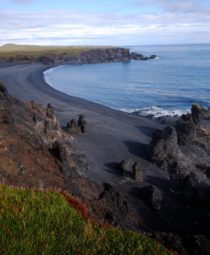
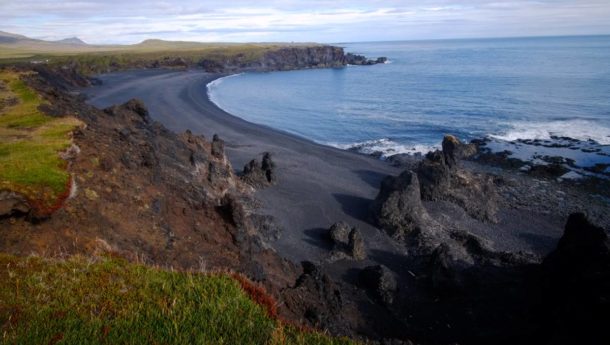
Djúpalón Beach
This black sand beach, also known as Djúpalónssandur, is situated in Snæfellsjökull National Park on the southwest coast. Stop to take a look through the hole in the large lava rock and you’ll see the Snæfellsjökull glacier volcano. You’ll also see interesting rock formations here including Kerling and Lóndrangar which are also believed to be trolls turned to rock. Plus, Söngklettur which is said to look like an elfin church. The water is very powerful and there is also the possibility of sneaker waves on this beach, so be careful when exploring this beautiful spot.
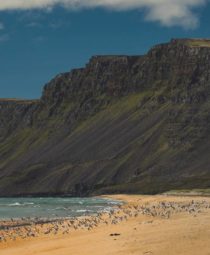
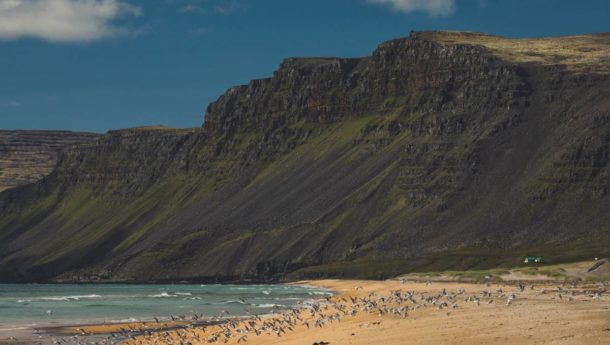
Rauðasandur Beach
This beach, situated in the Westfjords, stands out in Iceland due to the fact it has golden sand as opposed to black. Látrabjarg provides the backdrop, you can visit the birdwatching cliffs by following the trail. This is home to seabirds, which can also be seen down on the sand making their way to the water. As well as seeing various birds, including puffins if you are here from May to September, you are also in the perfect place to spot seals. If they aren’t on the beach, you’ll no doubt see them as they bob up and down in the sea.
Excursions and tours in Iceland
There are plenty of tours on offer in Iceland and in most cases, you’ll find this is the best – and sometimes the easiest way to see certain parts of the country.
Tours, which can range from hours to days, will enable you to explore the varied and impressive landscape, including hot springs, volcanoes and glaciers. However, the season may well determine the type of tour you can go on. If you want to chase the Northern Lights, for example, you’ll want to visit during the winter.
The most popular is the Golden Circle – during this sightseeing tour you’ll see the spectacular natural beauty of the Gullfoss waterfall, Geysir hot springs and Þingvellir National Park.
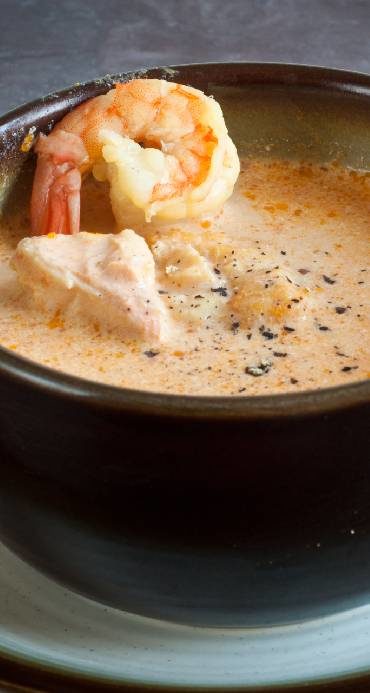
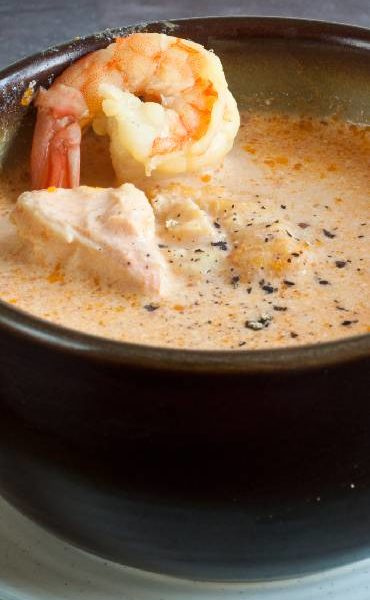
Food and drink in Iceland
Lamb is the most popular meat in Iceland – this is often hung, smoked and known as hangikjöt. However, you may also find yourself sampling puffin – which has quite a fishy taste. Hot spring rye bread is served with butter alongside many meals.
Fish dishes are also common. The national dish is hakarl, fermented shark – this is an acquired taste and if you are trying this for the first time you may like to start with the darker meat which is milder. Meanwhile, fish stew formed of fresh cod or haddock – known as plokkfiskur is available. These are also eaten dried, as a snack and known as harðifiskur.
You may also like to try skyr, which is similar to yoghurt, made from cheese and often topped with fruit.
If you visited Iceland pre-1989 you wouldn’t have been able to drink alcohol because it was banned. Today, craft beer is becoming increasingly popular, although you still won’t find alcohol as readily available as it is in other countries. The most popular liquor is brennivín – an unsweetened schnapps.
What you won’t find here is a Mcdonald’s – it is one of just a few countries that doesn’t have one, after the last closed in 2009.
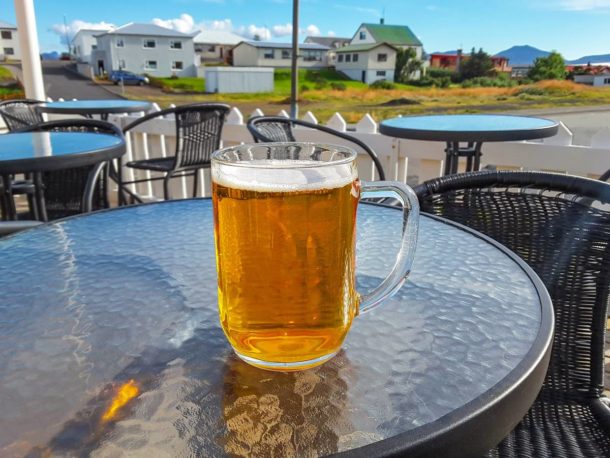
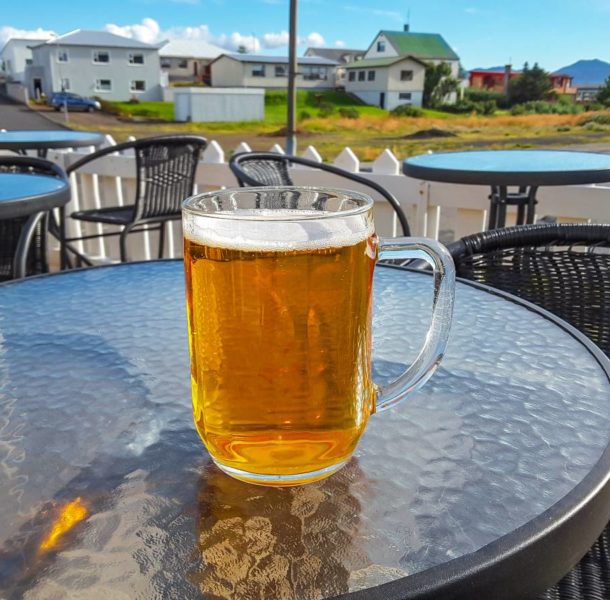
Iceland nightlife
If you are looking for nightlife, then head for the capital, Reykjavik. There is something to suit every taste from clubs to craft beer and wine bars.
You won’t need to pay an entrance fee here and all the party hotspots are situated within walking distance of each other on and around Laugavegur street. This makes bar-crawling incredibly common and very easy. At the weekend, you’ll find places open until 5.30am so you can dance the night away.
It’s worth noting that you must be 20 years old to drink in Iceland and remember to wrap up warm.
Shopping in Iceland
If you fancy picking up a souvenir then Reykjavík is the best place. Laugavegur is the main shopping street and Kolaportið is the largest flea market. You’ll find all types of products here including traditional Icelandic items. Don’t be afraid to haggle in the market.
If you are looking for knitwear then head for the Handknitting Association of Iceland or Thorvaldsens Bazar. You’ll find jumpers as well as hats, gloves and scarves that will keep you snuggly and warm in this cold climate.
Outside of the capital, southern Iceland is a great place for retail therapy, especially if you are looking for handicrafts or fresh produce.
Iceland culture and art
Ancient folklores and legends are still a very big part of Iceland, with many believing in ‘the hidden people’ or elves. If you want to learn about these while you are visiting, head for Hafnarfjordur where you’ll be able to take a tour.
The majority of the country’s museums and art galleries can be found in the capital including Reykjavík Art Museum which is situated across three buildings.
Make sure you visit the National Museum of Iceland to learn about the history of the country and its people.
You can also discover the Vikings at Viking World alongside seeing a replica of Gokstad ship – a Viking ship discovered in 1882.
If you are looking for something a little different, you might like to explore the Icelandic Phallological Museum. Enter this penis museum and you’ll be greeted by a 5ft 6 inch sperm whale penis before heading in to see the world’s largest display.
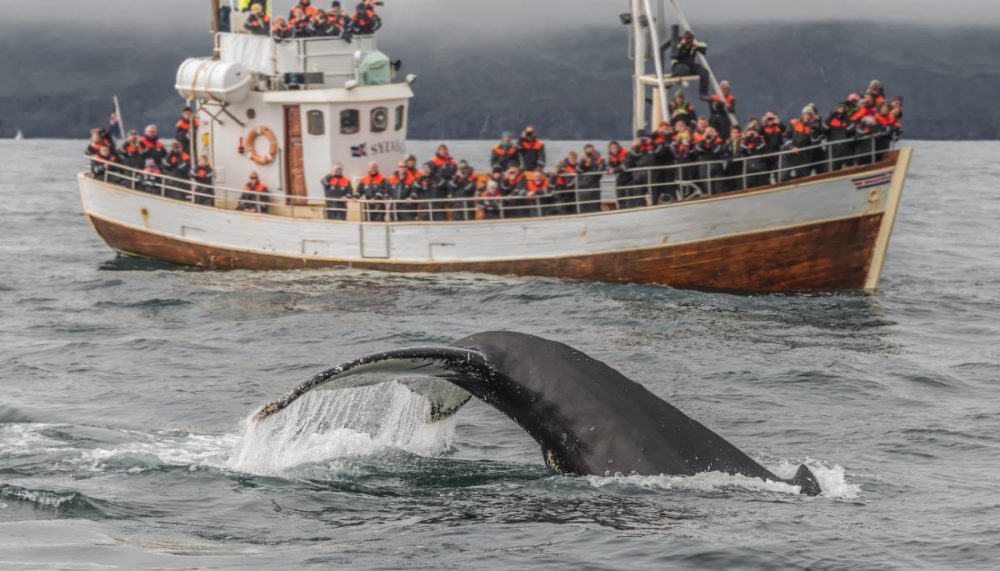
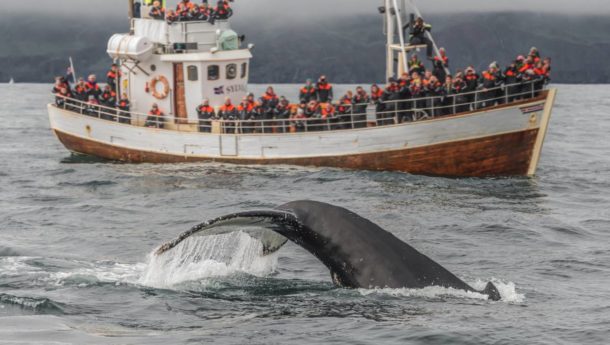
Outdoor adventure in Iceland
You are spoilt for choice when it comes to outdoor adventure in Iceland, there are a plethora of activities to take part in all against the most jaw-dropping backdrop.
Firstly, there are several national parks including Thingvellir and Snæfellsjökull. At the former you can experience Silfra – where you can dive between two tectonic plates. At the latter you can see Snæfellsjökull glacier which you can hike up.
Iceland is an ideal destination for hiking with trails across the country for you to follow. Hornstrandir Nature Reserve is ideal, it’s one of the more remote parts of the country which provides a spectacular scenic backdrop and plenty of wildlife to discover – including the arctic fox.
Another wonderful spot for hiking is Asbyrgi Canyon as is Skaftafell – during one of the routes you’ll come across the black waterfall ‘Svartifoss’ which is one of the most impressive in the country.
Have you ever fancied stepping inside a volcano? In Iceland you can. You’ll start by hiking to the top of Thrihnukagigur, a dormant volcano and then an open cable lift will enable you to descend 120 metres to the bottom, before spending just over half an hour exploring inside it.
You can also go whale watching off the coast of Iceland where you’ll have the chance of spotting more than 23 species. This country is also home to puffins which can be spotted on Lundey – an uninhabited island that translates to ‘Puffin Island.’
Off-the-beaten track
Once you have seen the touristy side of Iceland, why not step off the well-trodden trail and see the side many visitors often miss.
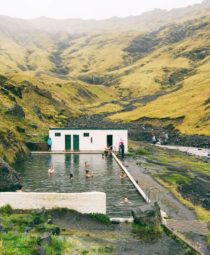
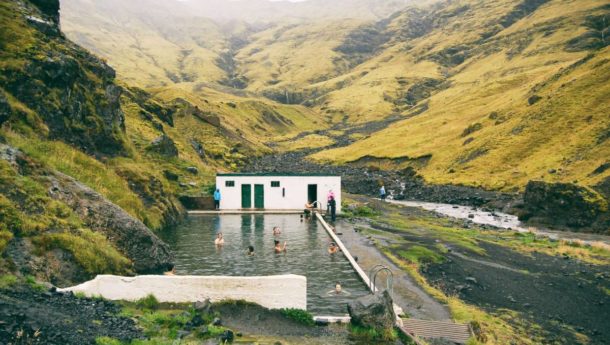
Seljavallalaug Pool
This pool, which is situated at the base of a valley, is the oldest in Iceland. It dates back to 1923 when it was initially for residents to learn to swim. You’ll find it on the south coast and can enter for free at any time of the day or night, seven days a week. Swim through the 25-metre long and 10-metre wide pool or lay back and relax in the warm water as you take in the beauty of the mountains around you. The water comes from Eyjafjallajökull – an ice-capped volcano. Be aware that there will be algae underfoot that can make it slippery.
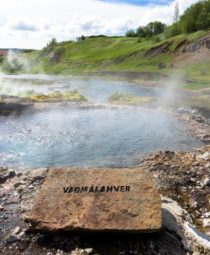
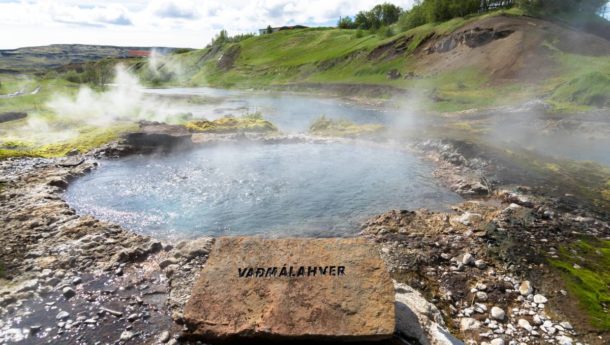
Secret Lagoon
You’ve heard of the Blue Lagoon but if you want to avoid the crowds then why not take a trip to the Secret Lagoon. It’s not quite as secret as the name would suggest but it does offer a unique experience. This geothermal pool in Fludir is a natural hot spring complete with geysers. The water is around 40°C throughout the year and if you’re lucky, you may even see the Northern Lights while you are relaxing here during the winter.
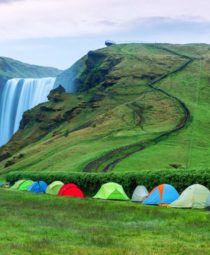
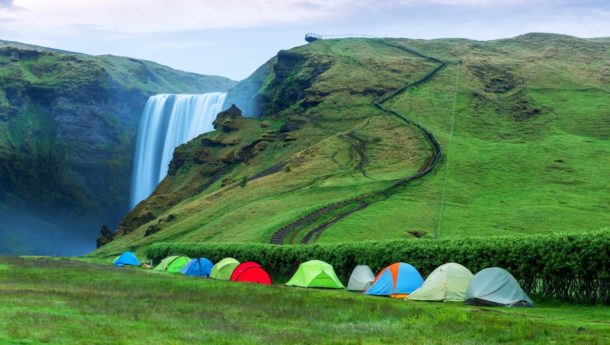
Camp at Skogafoss waterfall
Skogafoss waterfall itself isn’t that far off the tourist trail, it is one of the most picturesque and biggest waterfalls in the country. However, it isn’t the most famous – many tend to head for Gullfoss which forms part of the Golden Circle. But, did you know that you can camp here? Pitch up a tent, set up your bed inside and then lay back and listen to the waterfall as it cascades for more than 60 metres. It’ll be a unique experience waking up next to it and you may even see the rainbow it is known for creating. You have spent plenty of time admiring it from below, so why not climb to the top for a different view.
Best times to go to Iceland
Iceland is a destination you can visit all year round. However, you’ll need to be prepared for varied and extreme weather conditions that can change quickly.
If you want to see the Northern Lights then the best time to head here is from September to April. If you would also like to see orcas, then you should visit during February and March.
During the summer temperatures can reach the low 20s although it can also get as low as 10°C. From the end of May to the beginning of August, you can experience the Midnight Sun – during the longest days, in June, there are 24-hours of sunshine. June to August are the best time to visit if you are planning outdoor adventures such as hiking.
The coldest months are December to February, during this time temperatures can get as low as -30°C although it is more likely to be between 8°C and -8°C. Snow is common from September to May. During the shortest days there are only four to five hours of daylight.
Now you know what to expect from your time in Iceland, you can start planning your trip and see this magical country and its natural beauty with your own eyes.

Find the perfect Iceland holiday
Let us help you find the perfect holiday destination for you
View all Iceland holidays